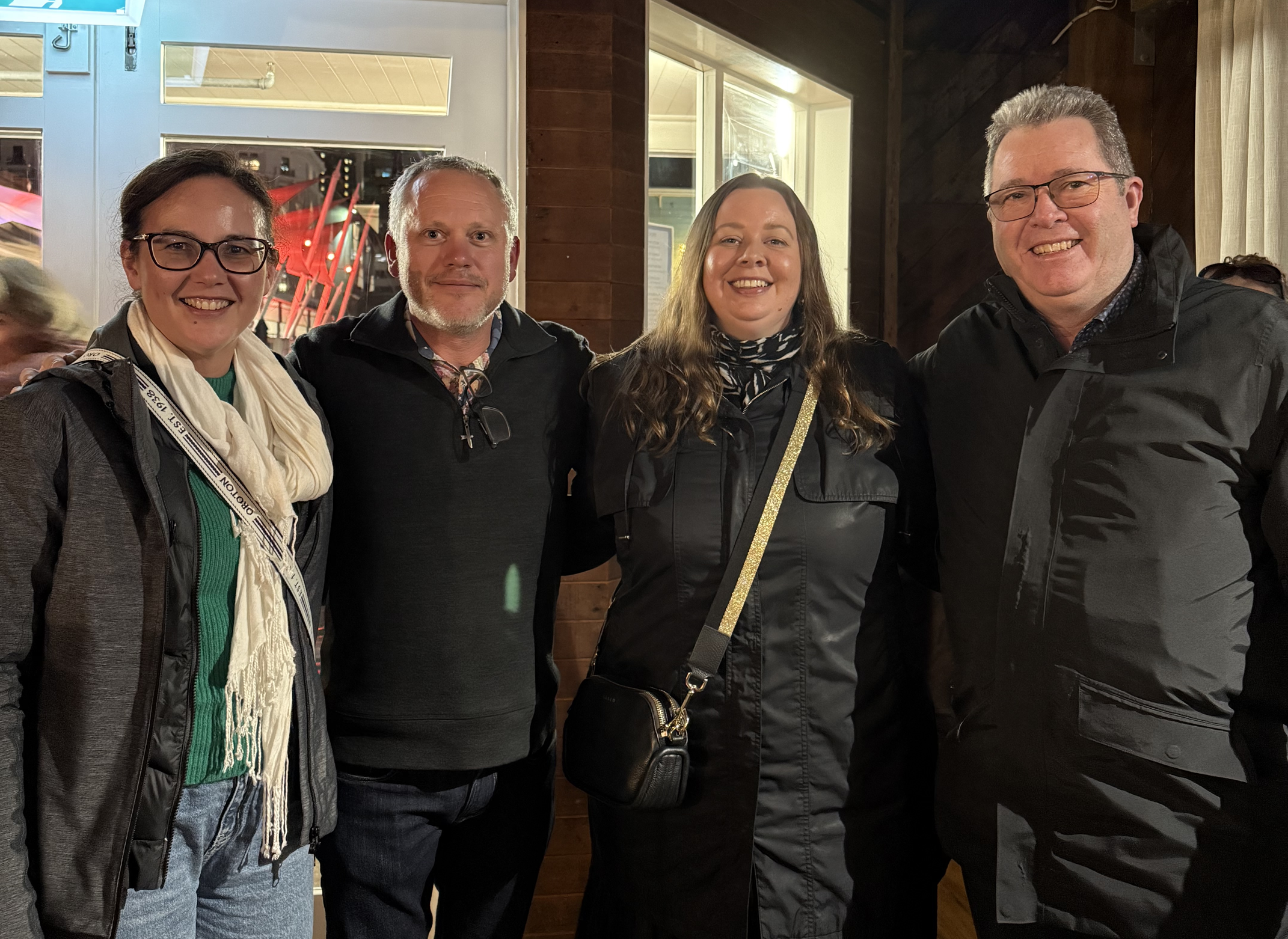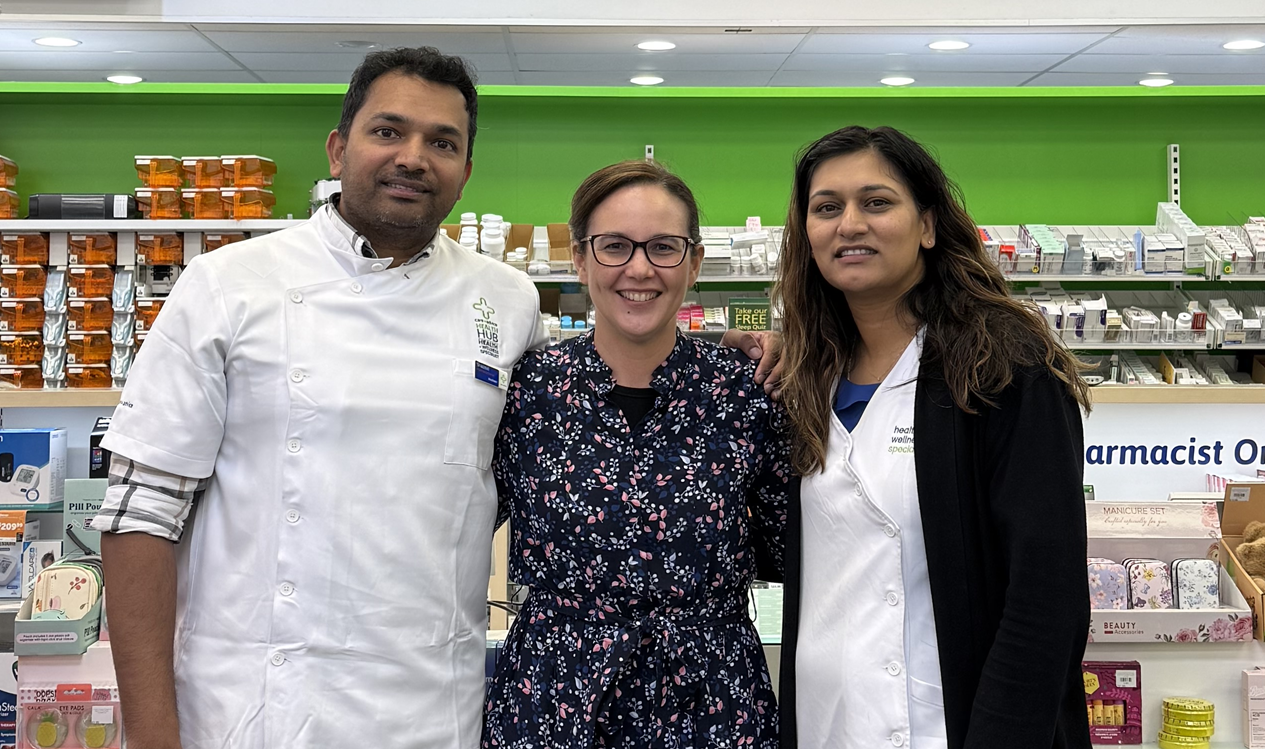Earlier this year, she achieved something unusual: she is now a registered pharmacist in both Australia and New Zealand.
Graduating with a pharmacy degree from the University of Queensland in 1998, Amanda has worn many hats.
She is a community pharmacy owner, a former Pharmacy Guild of Australia National Councillor, Chair of the Return Unwanted Medicines project, and one of the country’s first prescriber pharmacists.
It took me about three weeks to get the dispensing process down pat, but once I got my head around that, I could focus on clinical conversations again.
Amanda Seeto
Today, Amanda also serves as CEO of the Australasian College of Pharmacy.
The trans-Tasman experience
In June, Amanda completed a four-week internship in Wellington, the windy capital of New Zealand, to gain her Kiwi registration.
Practising across both sides of the Tasman is more than symbolic — it is central to her role as CEO of the College.
“It took me about three weeks to get the dispensing process down pat, but once I got my head around that, I could focus on clinical conversations again,” she said.
Her time in New Zealand gave her a front-row view of how the two pharmacy systems differ — and what each can learn from the other.
Kiwi pharmacists can initiate subsidised nicotine replacement therapy and erectile dysfunction treatment, while Australia’s authority is more limited.
New Zealand also subsidises a wider range of medicines, such as treatments for eczema and atopic dermatitis, encouraging a more holistic approach to care
Yet the Kiwi system is more complex.
Dispensing is based on quantities for 30 days rather than original packs, and pharmacists can provide up to three months’ supply at once.
I feel like I’ve come full circle – working in a pharmacy with private consultations but we are on the path for funded consultations, which for concession card holders is how it should be.
Amanda Seeto
“Australia fought very hard against the 60-day dispensing, and while it wasn’t completely abolished, the funding mechanisms around it were well negotiated – New Zealand pharmacy owners don’t have the benefit of that,” Amanda said.
“High dispensing volumes are required for a New Zealand pharmacy to be viable.”
Learning from each other
Despite the differences, both countries face common challenges, particularly around accessibility and affordability in diverse communities
Amanda sees the solution in pharmacists embracing expanded clinical roles and practising at full scope.
“The first pharmacy I worked in, in 1997, had a consult room for naturopathic consultations.
“I feel like I’ve come full circle – working in a pharmacy with private consultations but we are on the path for funded consultations, which for concession card holders is how it should be.”
Her advice to pharmacy owners on both sides of the ditch is simple: prepare now to take advantage of the evolving role of pharmacists.
Amanda intends to maintain her registration in both countries — a rare feat she believes will continue to enrich her work and strengthen trans-Tasman collaboration.
“We’ve got so much to learn from each other – it’s exciting.”

From L to R — Amanda Seeto with the owner of Unichem Kilbirnie New Zealand James Westbury, general manager of membership and professional services at PGNZ Nicole Rickman and chief executive of PGNZ Andrew Gaudin










